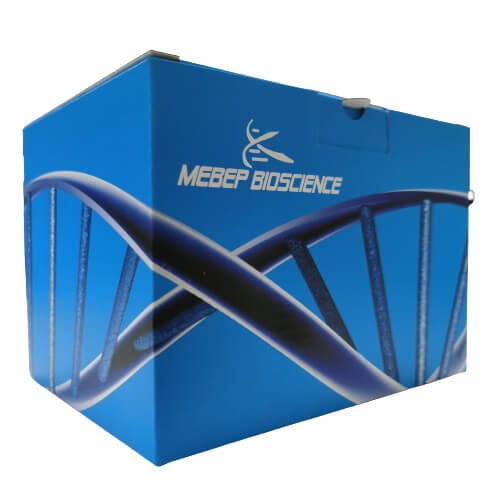
NGS Multiplex Oligos for Illumina (Index Primers Set I)
2024-10-24
Bromophenol blue
2024-11-27Product Number: DRK225
Shipping and Storage
Store at 4-30℃ and room temperature transportation.
Components
| Component | DRK22548rxns | DRK22596rxns |
| 96 hole pre installed plate | 6×8 rxns/piece | 6×16 rxns/piece |
| 8-link magnetic sleeve | 1×6/bag | 1×12/bag |
| Protease K (optional) | 2×1.25mL | 3×1.25mL |
Note:1)The default protease K is not provided. If needed, please make a note when placing an order.
2)Self provided instruments:AE2100 Nucleic acid extractor
Description
The reagent kit provides a method for extracting viral nucleic acid from samples such as swabs, tissues, feces, blood, serum, and plasma. It is paired with an automated nucleic acid extractor for high-throughput extraction experiments, and the operation is simple. The reagent kit uses superparamagnetic nano magnetic beads and a unique buffer system to efficiently and specifically bind the nucleic acid in the lysis solution to the magnetic beads. The obtained nucleic acid has high purity, stable quality, and does not contain proteins, nucleases, or impurities that inhibit downstream applications. It can be used for various routine operations, including PCR and fluorescence quantitative PCR, NGS,Downstream related experiments such as biochip analysis
Note
1.Samples should avoid repeated freeze-thaw cycles, otherwise it may lead to a decrease in the amount of nucleic acid extracted.
2.The extracted product of this reagent kit is viral DNA/RNA, and special attention should be paid to preventing nucleic acid degradation during the operation process. The vessels and samplers used should be specialized, and disposable consumables such as centrifuge tubes and gun heads need to be sterilized under high pressure. Operators should wear powder free gloves, masks, etc.
3.Before using with AE2100 nucleic acid extraction, the nucleic acid extractor needs to be disinfected with ultraviolet light.
4.Before use, please read the instructions carefully and strictly follow the instructions. Clinical samples should be taken in an ultra clean table or biosafety cabinet.
5.After extraction, there may be residual magnetic beads. When aspirating nucleic acids, it is advisable to avoid inhaling magnetic beads as much as possible.
6.Properly dispose of the samples and reagent materials used, thoroughly clean and disinfect the operating table.
7.If long-term storage is required, please place protease K at -20°C.
8.If protease K is used for extraction, please add the sample first before adding protease K.


